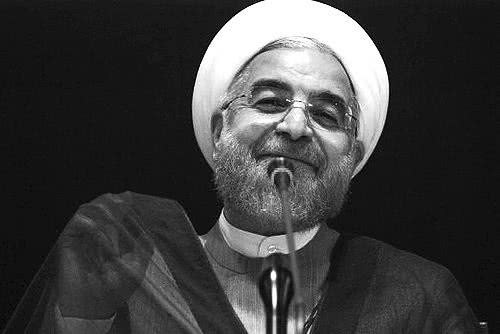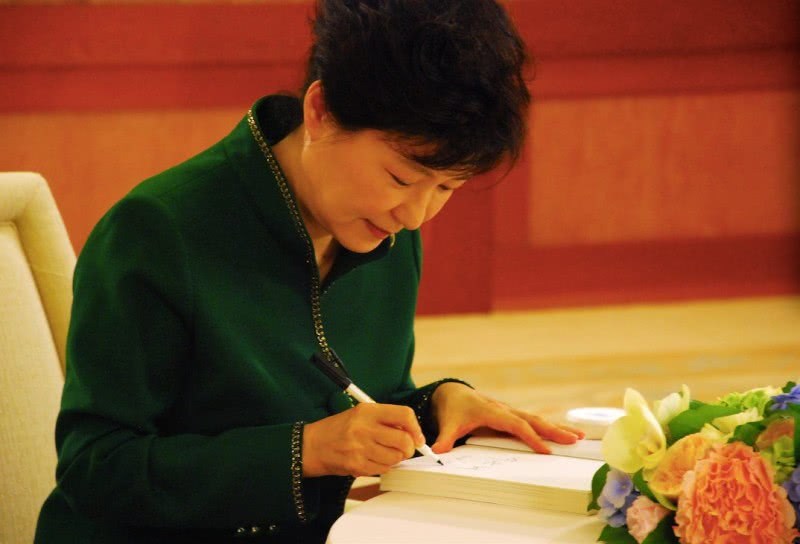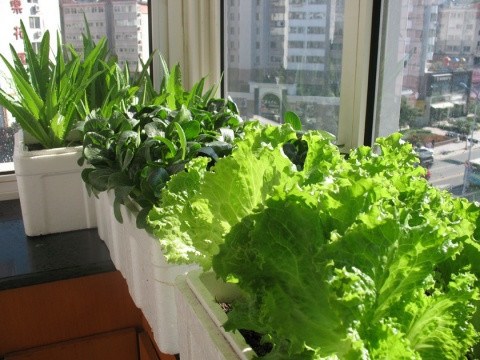President of Iran: plans to expand exports to China because this is a good opportunity

Iran is extremely rich in oil and gas reserves. Oil is the economic lifeline of Iran, which is currently the second largest crude oil exporter in the world. The proven crude oil reserves are conservatively calculated at 93 billion barrels, accounting for 10% of the world's total oil reserves, ranking fifth in the world. The proven natural gas reserves are 24 trillion cubic meters, accounting for 16% of the world's total reserves, second only to Russia and ranking second in the world. Oil is Iran's economic lifeline. At present, its daily production capacity can reach 4.1 million barrels, and oil revenue accounts for 90% of all foreign exchange earnings. Iran has become the second largest crude oil exporter among OPEC members.
In addition to oil and gas, Iranian carpets enjoy a high reputation in the world. Iranian carpets have developed rapidly since the victory of the Islamic Revolution, and have now become the second largest export commodity after oil. Therefore, carpets not only represent Iran's long and rich culture, but also bring huge foreign exchange earnings to Iran.
In the face of sanctions, Hariri, vice president of the Iranian-Chinese Chamber of Commerce, pointed out that in recent years, trade between China and Iran has been mainly concentrated in the energy, mineral, and science and technology industries, and China hopes to continue to expand Sino-Iranian trade on the existing basis. In addition, at present, China's per capita minimum income is about three times that of Iran, and Chinese residents have a strong purchasing power, which are good opportunities to expand carpet exports to China. Hariri suggested that Iranian carpet manufacturers avoid exporting low-quality goods to China, focus on improving the quality and brand of carpets, and strive to turn Iranian carpets into a luxury consumption concept.
Iranian carpets are famous for their stringent requirements in the selection of raw materials, color blending, pattern design and weaving techniques. Authentic Persian carpets are completely hand-woven and very time-consuming and labor-consuming. It pays attention to the use of materials, generally from silk, cotton and wool and other three materials, the more silk is used, the more valuable it is. Dyes are extracted from natural plants and minerals, such as pomegranate peel, walnut shell, alizarin, melilotus, indigo, potassium alum and so on. The dye extracted in this way can keep the color for a long time, and many of the carpets woven hundreds of years ago in Iran are still very bright.
Pattern design and weaving skills are the most amazing parts of Persian carpets. The patterns of traditional Persian carpets are most representative of the flowers and branches of heaven, various halal temple buildings, vast courts and hunting scenes, and religious totems. Modern Persian carpets have added some unique elements from other countries in the world, but generally speaking, the patterns of Persian carpets are gorgeous and complex. When weaving carpets, we need to use more than ten or even dozens of threads of different colors, and then weave these threads according to different longitudes and latitudes according to the design patterns, and finally form a large carpet with lifelike patterns, with amazing skills.
- Prev

South Korean President Park Geun-hye: the hibiscus blooming in despair will come out one day
Park Geun-hye's name was picked up by Park Chung-hee and her aunt after going through a dictionary with three people. Park Chung-hee believes that hibiscus represents not only the Korean national flower "infinite flower (hibiscus flower)", but also the "country".
- Next

Keep it at home in summer, the higher the temperature, the faster it will be able to eat in a year.
Now, because of the food safety problems outside, many flower lovers choose to grow melons, fruits and vegetables on their balconies, which not only ensures safety, but also makes cooking much more convenient. But today Huahua would like to recommend a kind of warm.
Related
- Wuhan Hospital Iron Tree Blooming Result Was Instantly Frightened by the Gardener Master
- Which variety of camellia is the most fragrant and best? Which one do you like best?
- What is the small blue coat, the breeding methods and matters needing attention of the succulent plant
- Dormancy time and maintenance management of succulent plants during dormancy
- Minas succulent how to raise, Minas succulent plant pictures
- What are the varieties of winter succulent plants
- How to raise succulent plants in twelve rolls? let's take a look at some experience of breeding twelve rolls.
- Attention should be paid to water control for succulent plants during dormant period (winter and summer)
- Watering experience of twelve rolls of succulent plants
- Techniques for fertilizing succulent plants. An article will let you know how to fertilize succulent plants.

